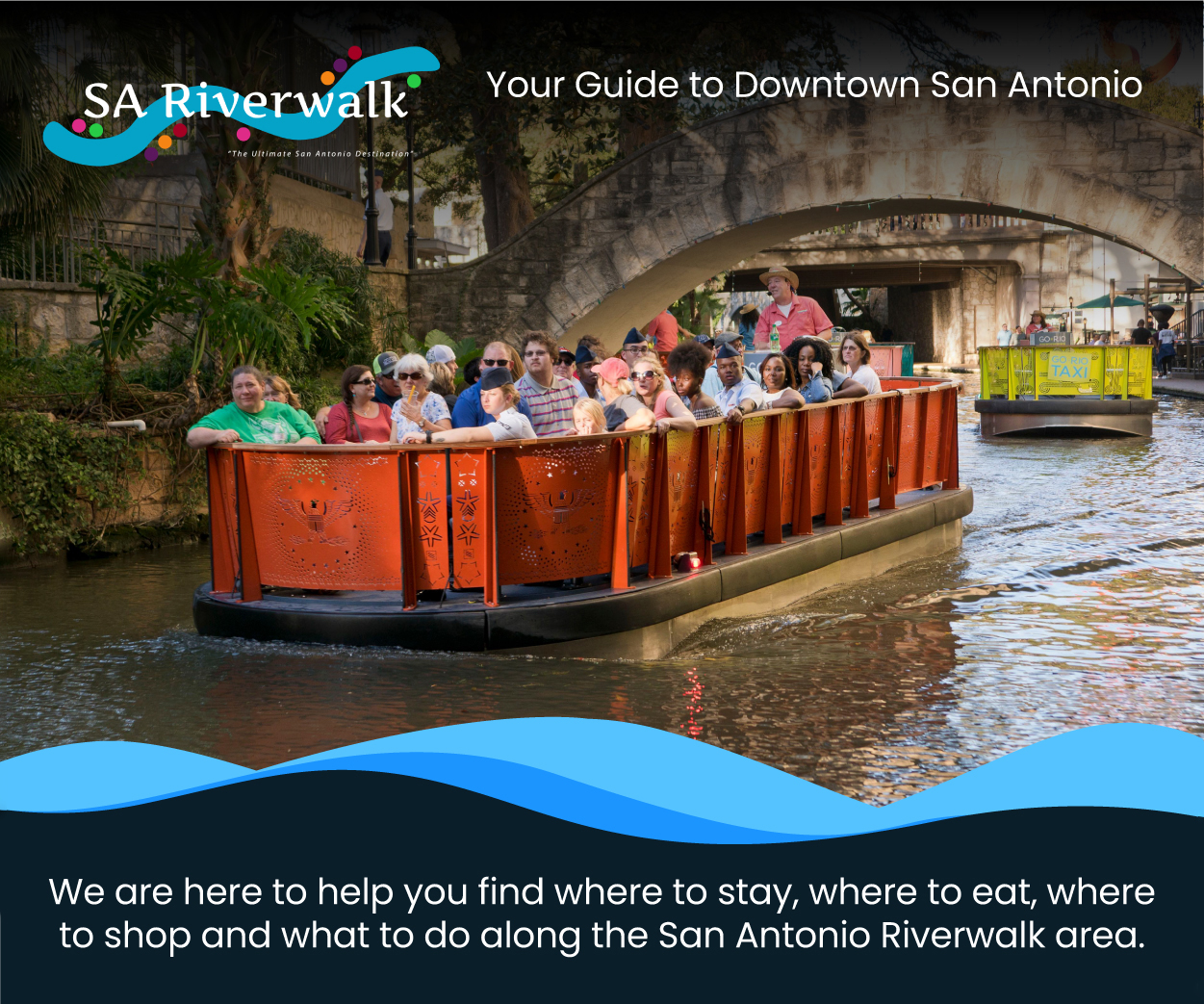This post was originally published on this site

Curriculum Differences Explored
When parents consider the educational path for their children, the choice between public and private elementary schools becomes a pivotal decision. Each type of school offers distinct approaches to curriculum, which can profoundly impact a child’s learning experience. Public elementary schools, funded and run by government agencies, provide education that must adhere to state standards and are accessible to all children in the community. Consequently, their curriculums are often designed to meet a diverse set of educational needs and promote equity among students.
On the other hand, private elementary schools operate independently from government funding, giving them the freedom to create specialized curriculums. These schools may offer unique programs aligned with particular educational philosophies, religious affiliations, or pedagogical approaches that contrast with the often broader curriculum of public schools. While private schools may have selective admission processes and tuition fees, they can provide more individualized education, which appeals to families seeking a certain type of school environment for their children.
Understanding the differences in curriculum between public and private elementary schools is crucial for parents as they navigate this choice. It involves weighing factors such as teaching methodologies, academic rigor, the inclusion of arts and extracurricular activities, as well as considering how well each school’s philosophy aligns with a child’s needs. The decision ultimately shapes the foundation of a child’s educational journey, and being informed about these distinctions helps parents make a decision that best supports their child’s growth and success.
Overview of Public and Private Elementary Schools
Public elementary schools are government-funded and adhere to state curriculum standards. They are usually bound to follow an educational framework that aims for consistent learning outcomes across various districts, ensuring that all students have access to a similar quality of education at no direct cost to the families. Public schools are managed by school districts, and attendance is often determined by the student’s residential address.
In contrast, private elementary schools rely on funding from tuition fees, donations, and other private sources. They have more autonomy in terms of curriculum design, often enabling them to offer unique programs or educational approaches, such as Montessori or faith-based education. Private schools may also vary widely in their size, educational philosophy, and resources available.
| Feature | Public Elementary Schools | Private Elementary Schools |
|---|---|---|
| Funding | State and federal government | Tuition, donations, private funds |
| Curriculum Control | State-mandated standards | Independent; more flexible |
| Tuition | Free (publicly funded) | Requires payment |
| Admissions | Based on zoning | Selective; may have entrance criteria |
| Special Programs | Special education, ESL | Often specializes (e.g. language immersion) |
Private schools, with their flexible curriculums, may introduce subjects or methods not commonly found in public schools, possibly giving students exposure to a broader range of topics. However, they must still comply with basic educational regulations set by the government. Public schools often have a more diverse student body and must accommodate students with varying needs, including those requiring special education services.
Curriculum Differences
In comparing private and public elementary schools, one finds notable differences in curriculum offerings that can affect a student’s educational experience.
Core Academic Content
Public elementary schools adhere to state-mandated curriculums, which often include a standard set of subjects such as mathematics, language arts, science, and social studies. These schools must meet specific benchmarks and are subject to standardized testing to ensure that students are achieving at required levels.
Private elementary schools, while they may follow state guidelines, have more autonomy in their curriculum design. They might offer an advanced curriculum in core subjects, integrate international content, or follow specialized education models such as Montessori or the International Baccalaureate.
Electives and Special Programs
In public schools, electives and special programs can be limited due to budgetary constraints and resources, often prioritizing the core subjects. Programs such as art, music, or foreign language might be offered less frequently and can vary greatly from district to district.
Private schools, on the other hand, may have the flexibility to offer a wider range of electives, from computer coding to performing arts. They might also provide specialized programs aimed at individualized learning, character education, or specific talents and interests. For example:
- Foreign Languages: Offering Spanish, French, or Mandarin classes.
- Arts Program: Integration of visual and performing arts into the regular schedule.
- STEM Focus: Emphasis on science, technology, engineering, and math opportunities.
Influence of Resources and Class Size
The curriculum in private and public elementary schools is often shaped by the financial resources available and the student-to-teacher ratios they maintain.
Financial Resources
Private elementary schools typically have access to more financial resources compared to public schools. These resources come from tuition fees, donations, and fundraisers. As a result, private schools may offer a wider variety of educational materials and technology to enhance the learning experience. They could afford to have state-of-the-art science labs, art facilities, and modern libraries, which can directly impact the depth and breadth of the curriculum offered.
Public elementary schools, largely funded by government allocations and taxes, often have stricter budgets. This can limit their ability to provide the same level of resources found in private schools. The curriculum may rely more on traditional teaching methods and standard textbooks due to these financial constraints.
Student-to-Teacher Ratio
The student-to-teacher ratio is another critical factor influencing curriculum scope and delivery. Private schools often boast lower student-to-teacher ratios, which can lead to more individualized attention and tailored instruction that can benefit the learning process.
In contrast, public schools might have larger class sizes, meaning one teacher is responsible for more students at a time. Despite efforts to maintain optimal ratios, budgetary and staffing limitations can make it challenging. Larger class sizes can mean less time for personalized instruction within the curriculum, which might affect the quality of education a child receives.
Parental Involvement and Community Engagement
In public elementary schools, parental involvement often includes:
- Parent-Teacher Associations (PTAs): These groups facilitate communication and collaboration between parents and staff.
- Volunteering: Parents may help in classrooms, with events, or on field trips.
- Community Programs: Schools may partner with community organizations for enrichment activities.
Public schools, generally funded by taxes, are held accountable to district standards, and as a result, parents might have less influence over curriculum changes but a vested interest in community-wide educational quality and access.
Meanwhile, private elementary schools typically feature:
- Parental Advisory Boards: These bodies can have more direct influence on school policies and curriculum decisions.
- Fundraising Initiatives: Private schools often rely on tuition and donations, leading to active fundraising by parents.
- Exclusive Events: Networking events and galas can be part of the community engagement strategy.
Private schools offer more intimate settings, where parental input is highly encouraged and can significantly impact school operations. This focused engagement can foster a more tailored educational approach but may also require a more substantial commitment of time and resources from families.
Both school types benefit enormously from involved parents and engaged communities, each contributing to the cultural and educational experience of the students. Engagement levels can vary widely from school to school, making it essential for parents to investigate specific involvement opportunities and expectations when choosing the right educational environment for their children.




